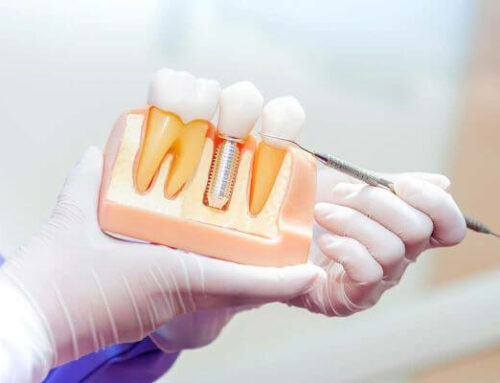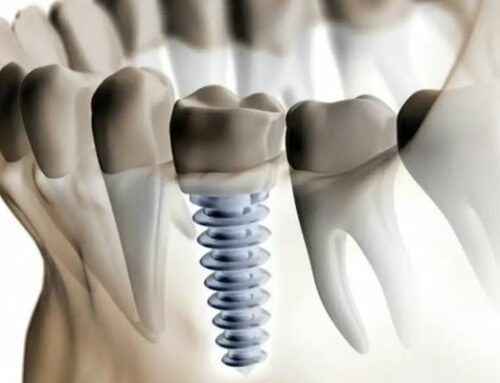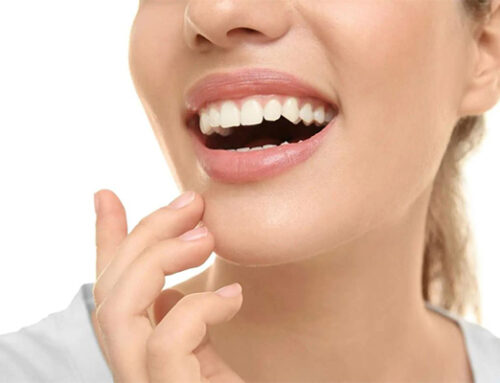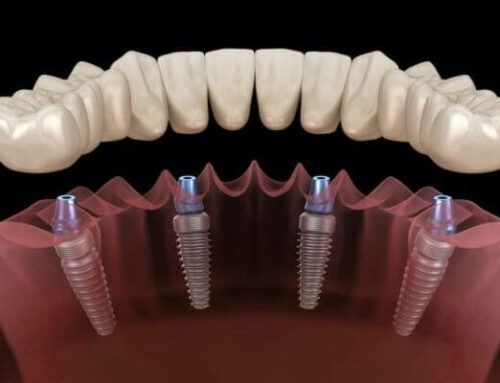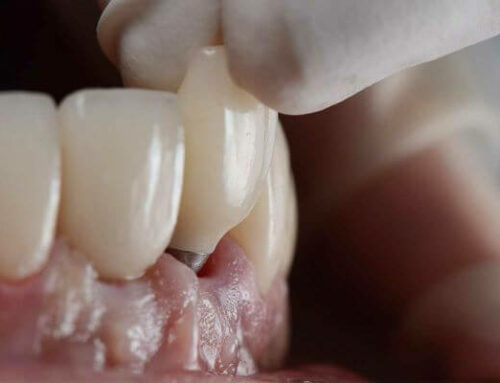What happens when your veneers get old? How to tell if your veneers are aging? Veneers are not forever, and you may have to replace them at some point. How long it lasts will vary based on your habits and materials, but you’ll need to replace them anyway, whether it’s 5, 10, or 20 years from now.
But how do you know they are old? The signs of old veneer vary and show up in different forms. From changes in shape and color to stains, cracks, and breaks. If you are curious about this topic, after reading this article you will be able to understand when it is time to visit the dentist.
The duration varies from person to person, but the average lifespan of a veneer is usually 10 years. However, if you take good care of your teeth and veneers, your veneers may last 15 to 20 years. There are a few signs that tell if your veneers are old and it’s time to replace them. You can easily identify them. Here’s what happens when your veneers get old and the signs to check for:
- Are your old veneers showing signs of wear?
- Has your old veneer changed shape?
- Are they cracked or broken?
- Have you noticed stained or discolored veneers?
- Is there a gap between your gums and the veneer?
- Is the veneer slightly loose?
- Did they fall?
Now, let’s analyze these questions one by one!
1. Are your old veneers showing signs of wear?
Are your porcelain veneers looking dull and lacking the luster they had when you first got them? Perhaps the porcelain case has lost its reflective properties. If you find that your smile doesn’t quite shine, don’t worry. It’s not an emergency, but it’s definitely a sign of wear and your veneer is getting old. Also, they may appear slightly opaque or streaked.
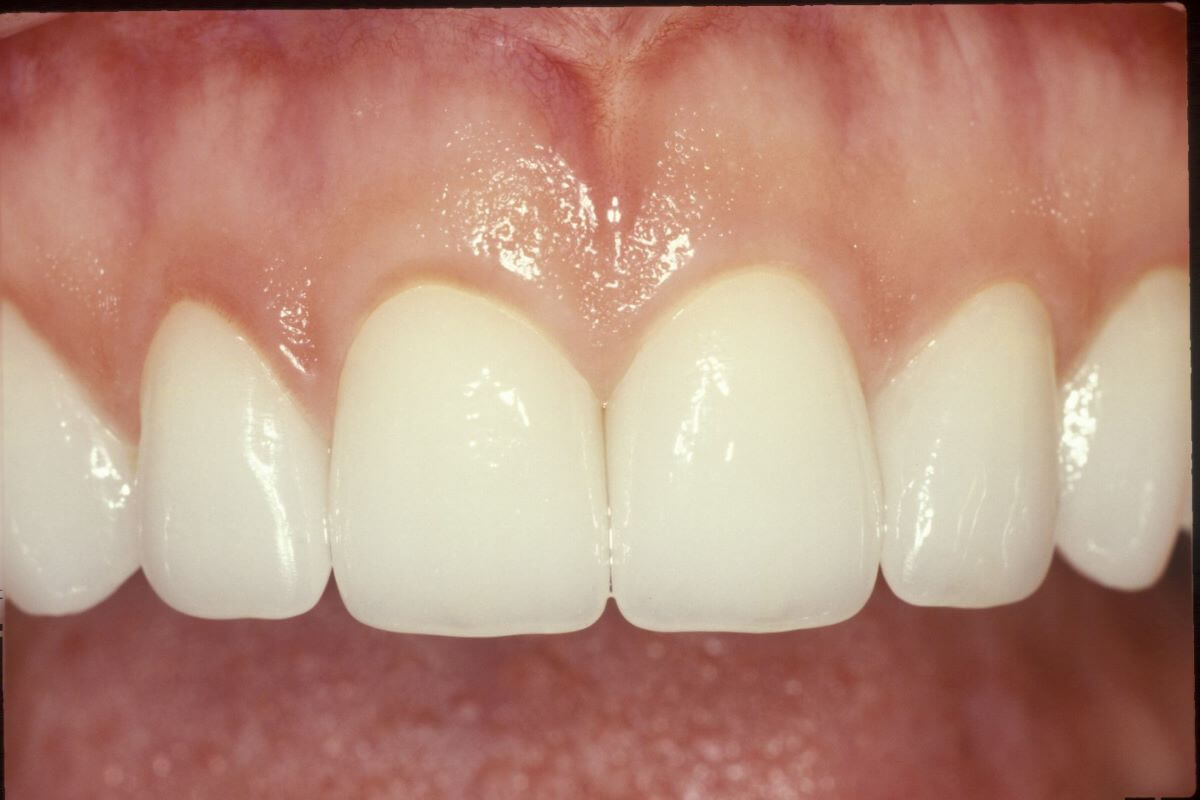
2. Has your old veneer changed shape?
Veneers may become dull around the edges, or in dental terms, around the occlusal surface. This in turn causes the overall shape of the veneer to change from its original state. Sometimes frayed edges can be so severe that they can make your veneers appear small – the opposite of what they are intended to achieve. Sometimes the corners of the veneer snap off, creating an unattractive shape and potentially causing discomfort. Even if this question doesn’t seem like a big deal to you, it’s an important factor in pointing to a board getting old. If you don’t change your veneers, you could have more cracks and breakage in the future. This may require urgent visits to the dentist.
3. Are they cracked or broken?
Dental veneers are long-lasting. These materials allow veneers to last for up to 20 years. However, how you treat the veneer can also change how long it lasts. You should now know how to care for them. But if you don’t follow your dentist’s advice, you may spend less time on beautiful new veneers. If you’re not careful with your veneers, bite hard objects or cut the tape with your teeth, crack things, or open packages, your veneers can quickly become damaged and chip or crack.
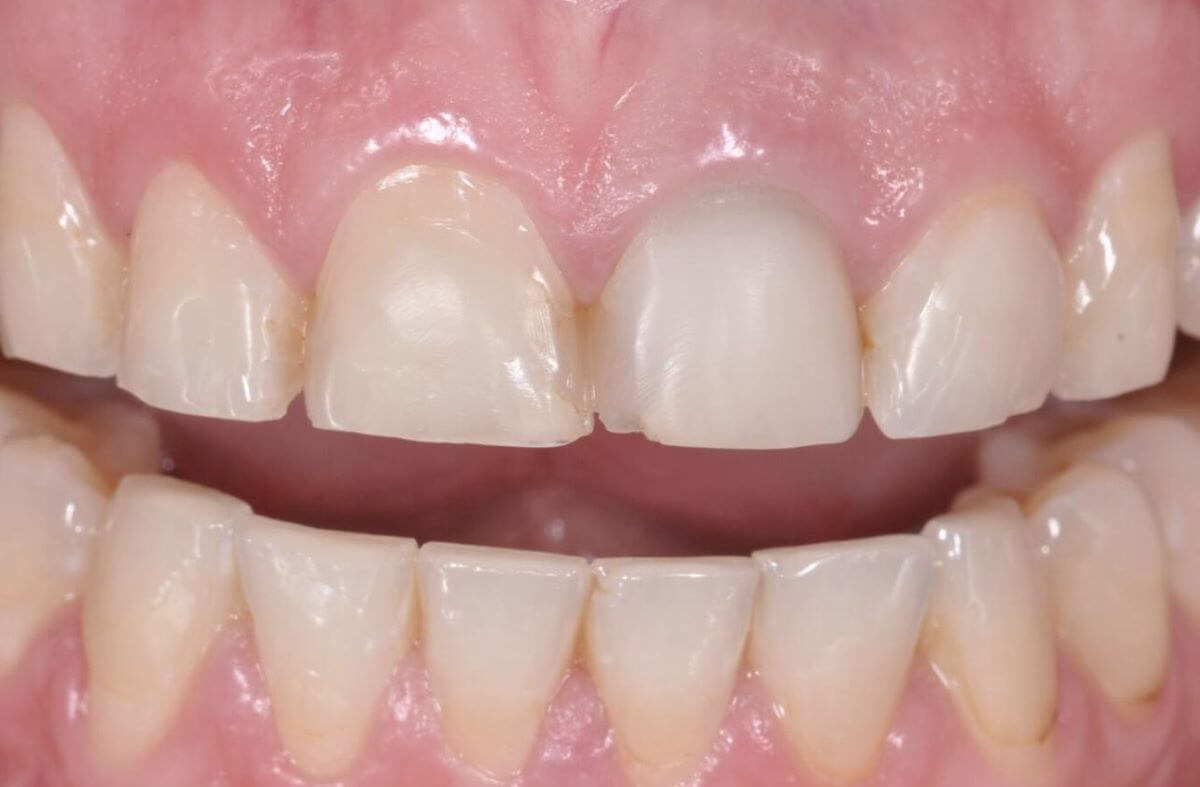
4. Have you noticed any staining or discoloration of the veneer?
If you notice any discoloration in the veneer, such as if the veneer has any visible stains, the veneer becomes more yellow or darkens, these are signs of wear and tear that your veneer itself is getting old and worn. It’s best to replace the veneers to continue to get the most out of them.
5. Is there a gap between your gums and the veneer?
What if you start seeing gaps between the veneer and gum? If your gums start to recede, it could be a sign of gum disease. This can happen if you don’t take proper care of your oral health. If you neglect your daily dental care, your gums may start to recede and create gaps between your teeth and your veneers. Sometimes, receding gums are due to aging. As you age, your gums start to shrink while the crown stays in place. This may create spaces between them.
Receding gums can make veneers look unpleasant. Under the gum tissue, the veneer and the exposed root have different colors. When this happens, you may find that the veneers are uncomfortable to wear and that they feel old. We recommend contacting your dentist to have your veneers replaced.
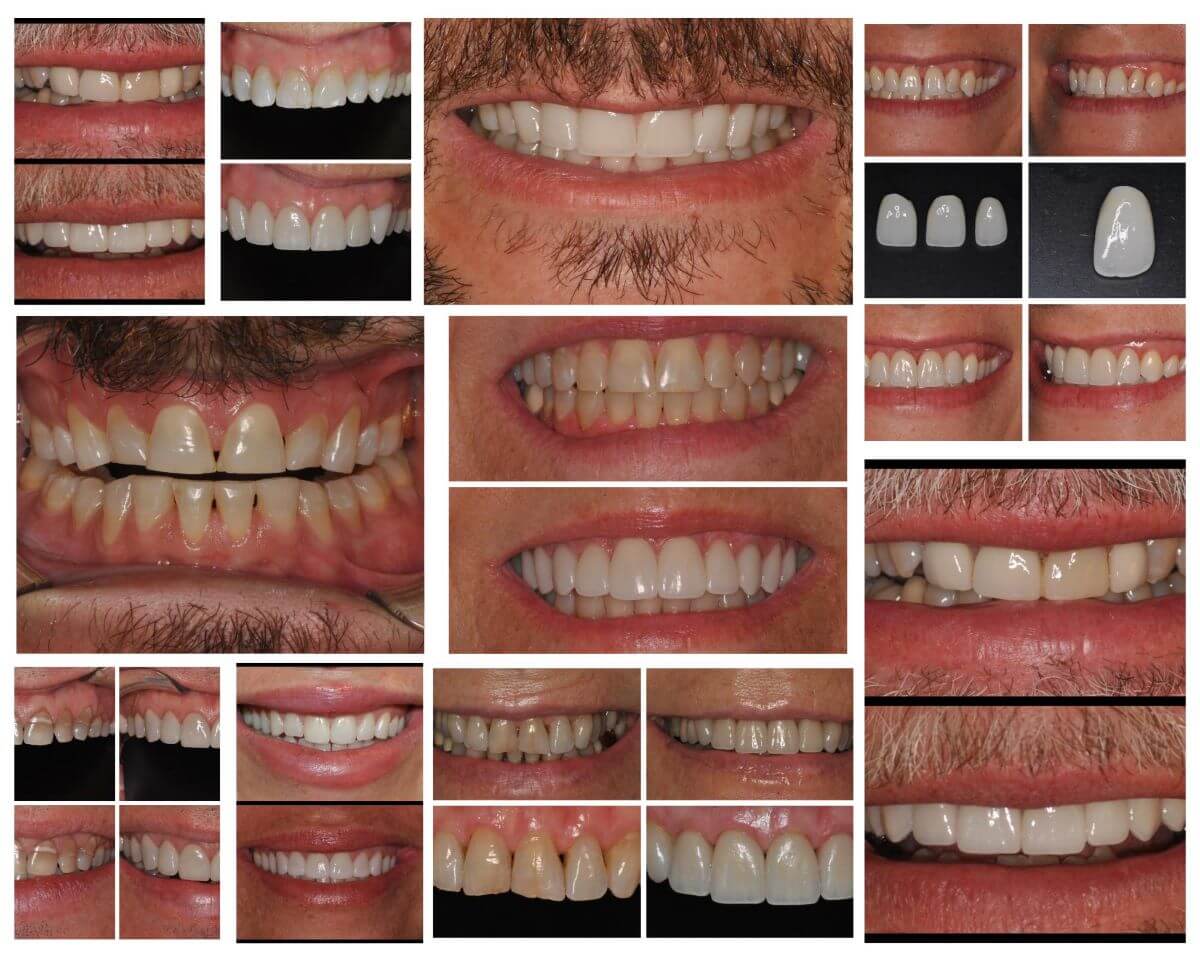
6. Is the veneer slightly loose?
If you find that your veneers feel loose, you will probably need a touch-up with dental cement in most cases. But what if this is not the case? What to do when your veneers feel loose? Will the veneer come off? When you take good care of your veneers over time by implementing a proper oral hygiene regimen, the real teeth beneath the veneers should remain strong and healthy for many years. However, if your natural tooth decays beneath the veneer over time, your veneer may fall off the surface of the tooth. This can cause the veneer to loosen and feel unstable in your mouth. Additionally, you may notice that the veneer turns black. This could be a sign of decay and it’s time to see the dentist.
7. What happens if your old veneer falls off?
When you first get your veneers, any wrong application can affect the health of the veneer over time.
For example, when installing dental veneers, if your dentist does not remove enough natural enamel or removes too much (sometimes called “overpreparing” the tooth), this can cause problems for your dental health in the long run. It’s like the veneer is peeling off. This may force you to replace the veneer as soon as possible or undertake costly procedures to fix the problem.
Or, if a weak adhesive was used when bonding the veneers to the real teeth, they could fall out sooner than expected even if there were no other problems.
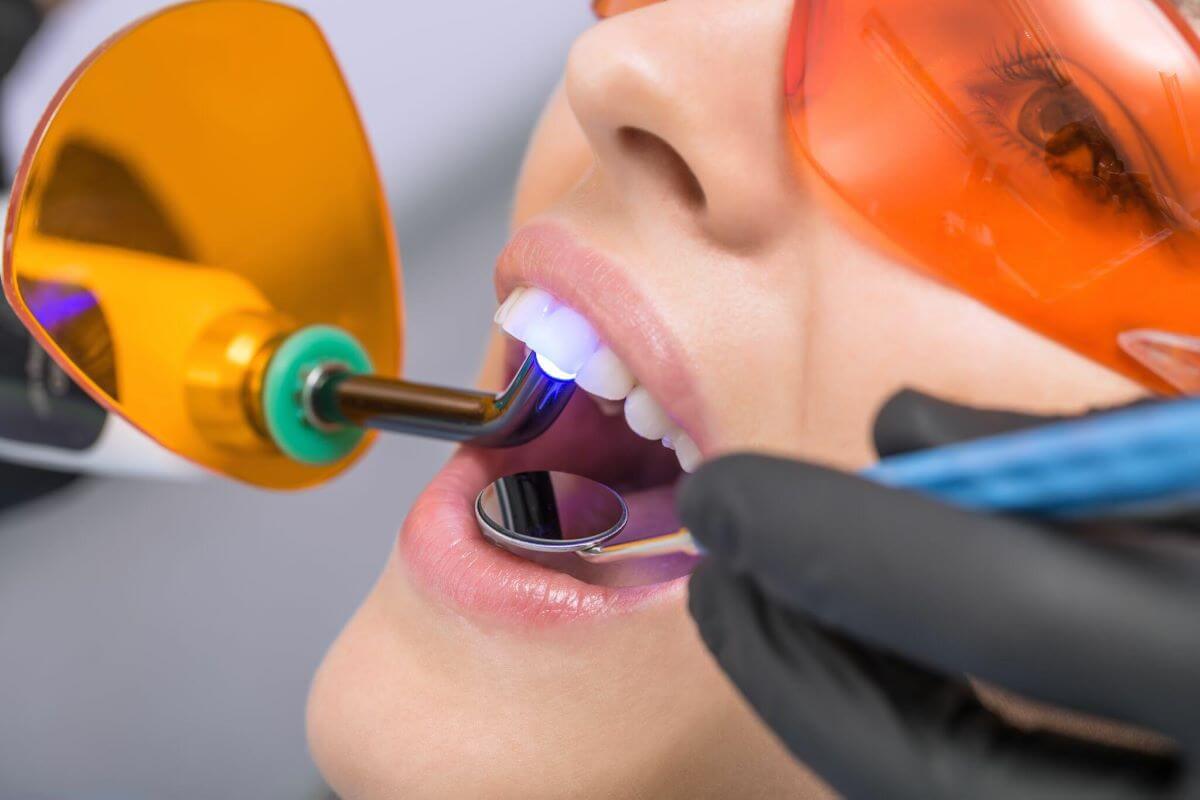
8. Conclusion: what happens after 20 years of veneers?
The dental veneer process is a long-lasting but not permanent cosmetic procedure. When it comes to veneers in 10 or 20 years time, you should pay attention and check for wear or aging. Even if you take good care of them, there will come a day when they will look and feel old and not very nice. That’s when you’ll see obvious signs of wear, such as staining, chipping, or discomfort from wearing the veneer. You may also experience other, more worrisome symptoms, such as veneers loosening or falling off completely, or the area between your teeth and gums becoming exposed due to underlying gum problems.
All of these are signs that your veneers are worn. At this point, you should consult with your dentist to discuss what course of action you would like to take.
